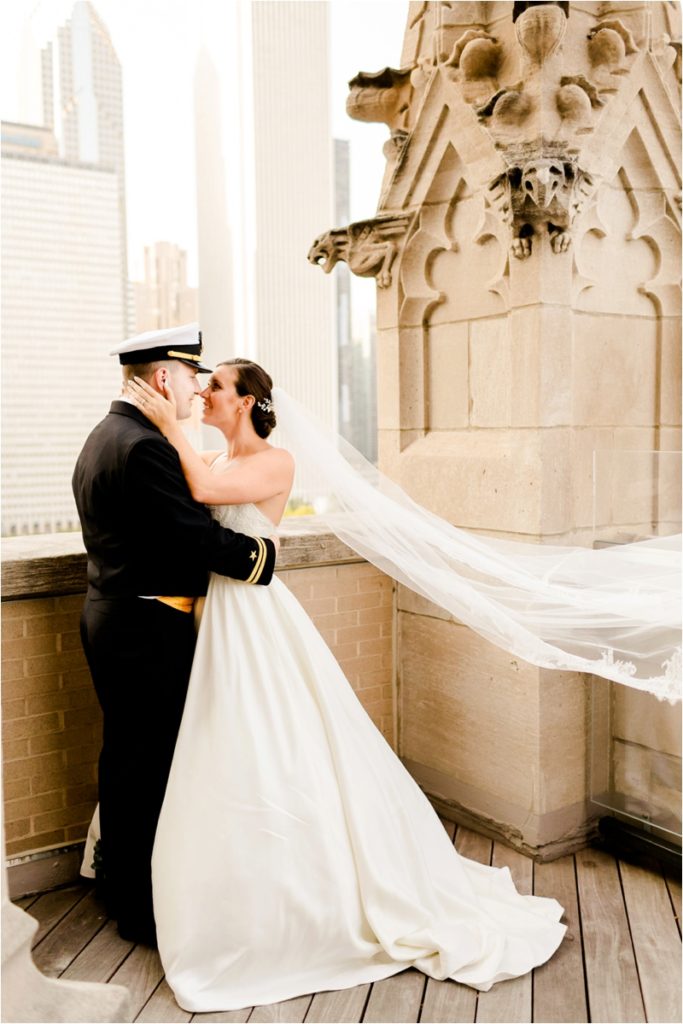
Every couple deserves wedding photos that capture their unique personality and love story. The challenge as photographers isn’t just about knowing which poses work best – it’s about creating an atmosphere where couples feel like themselves in front of your camera. Over the years, we’ve learned that the difference between stiff, awkward photos and beautifully authentic moments comes down to your approach from the very first interaction.
Most of us remember what it felt like when we were first how to become a wedding photographer – posing couples felt overwhelming and a bit scary. The good news is that creating authentic moments isn’t about having the most expensive wedding photography gear. We’ve found that understanding wedding photography lighting is far more important than any piece of equipment. The real key though is knowing how to make couples feel comfortable while working with available light. Let’s dive into our favorite techniques for creating genuine moments between couples.
Table of Contents
Building Trust Before You Pick Up Your Camera
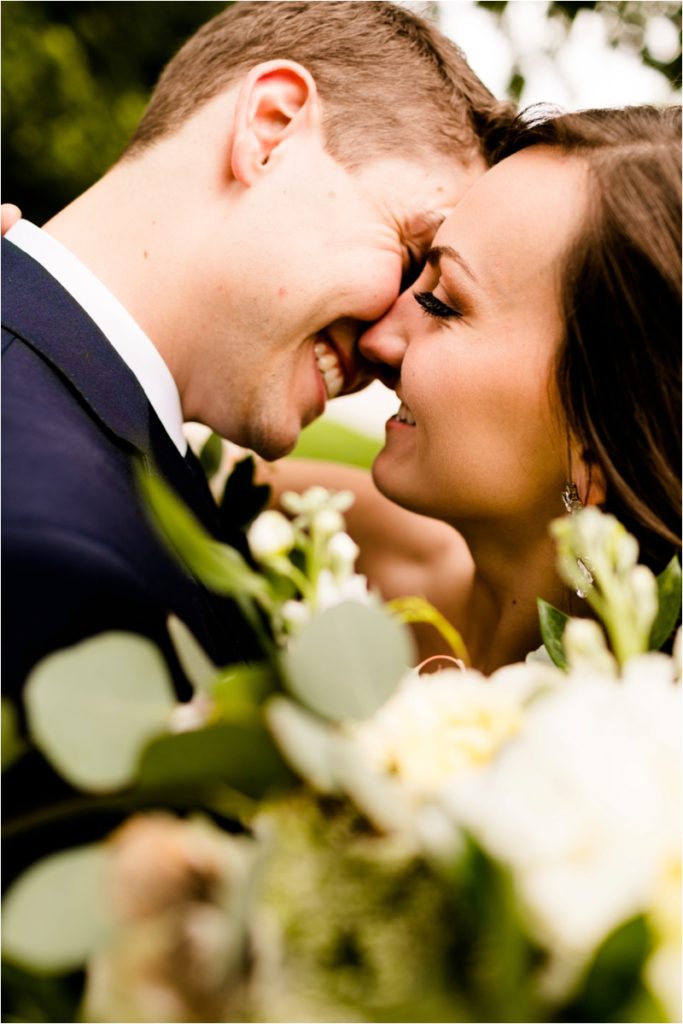
Portrait time on a wedding day comes in many forms – you might be capturing moments before the ceremony during a first look, stealing 10 minutes right after the ceremony, or working during golden hour. Regardless of when these precious minutes happen, the first moments set the tone for everything that follows.
Before jumping into poses or camera settings, always gauge the energy of the moment. If it’s pre-ceremony, are the nerves kicking in? Post-ceremony, are they still riding that “just married” high? Did family photos run smoothly, or is there some lingering tension? The timeline pressure hits differently at each stage of the wedding day, and your approach needs to adapt accordingly.
For pre-ceremony portraits, we find couples often need “grounding.” They’re thinking about their upcoming vows, wondering if their makeup is perfect, and possibly stressing about guests arriving. If need be, take 60 seconds to help them center: “You both look incredible, and everything is right on schedule. This is your time to breathe and just be together for a moment.”
Post-ceremony portraits have their own energy – couples are usually floating on cloud nine but might be anxious about missing cocktail hour or keeping their guests waiting. A quick “You two absolutely crushed that ceremony! You two look so happy right now – let’s capture that” can work wonders. If you sense they’re worried about time, be specific: “We’ll take 15 minutes now for some quick portraits, then get you back to your guests.”
While you’re establishing this comfort zone, pay attention to their natural interactions. Are they whispering and giggling about the ceremony ahead? Are they still holding hands from their recessional? How they connect in these unposed moments will guide your entire portrait approach.
Understanding Body Language Basics
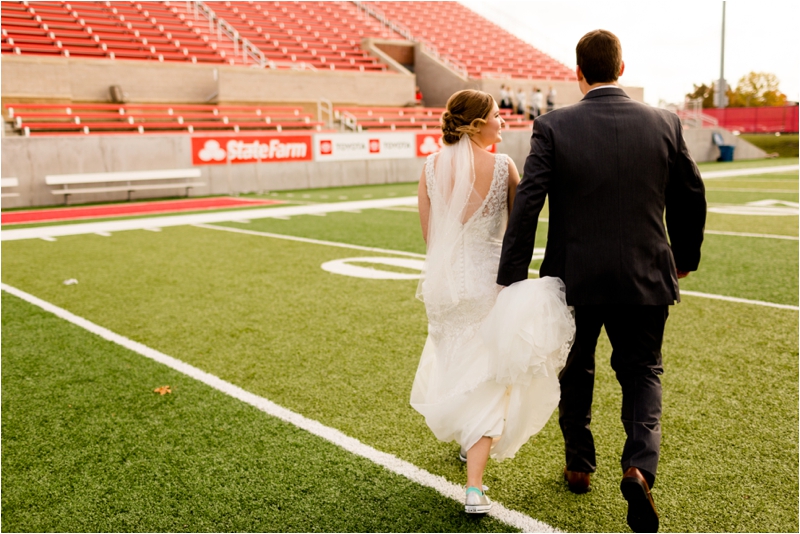
Let’s get practical about reading couples because this skill will transform your portraits. When a couple first stands together, watch for these key indicators:
- How much space do they naturally keep between them?
- Do they automatically hold hands or do they need prompting?
- Does one person seem more camera-shy than the other?
Pay attention to these cues – they’ll tell you exactly how to approach your poses and prompts. If they’re standing a foot apart, don’t jump straight into intimate poses. Instead, start with simple standing positions and gradually move closer as they relax.
Pay special attention to facial tension. If you notice tight smiles or stiff shoulders, that’s your cue to slow down and rebuild comfort. Sometimes just acknowledging the awkwardness helps: “I know being photographed can feel weird – let’s take a quick break and reset.”
Once you’ve observed these key body language signals, you can choose the perfect starting pose for your couple. Let’s look at how to build these foundational poses in a way that maintains the comfort level you’ve just established.
Starting With Simple Standing Poses
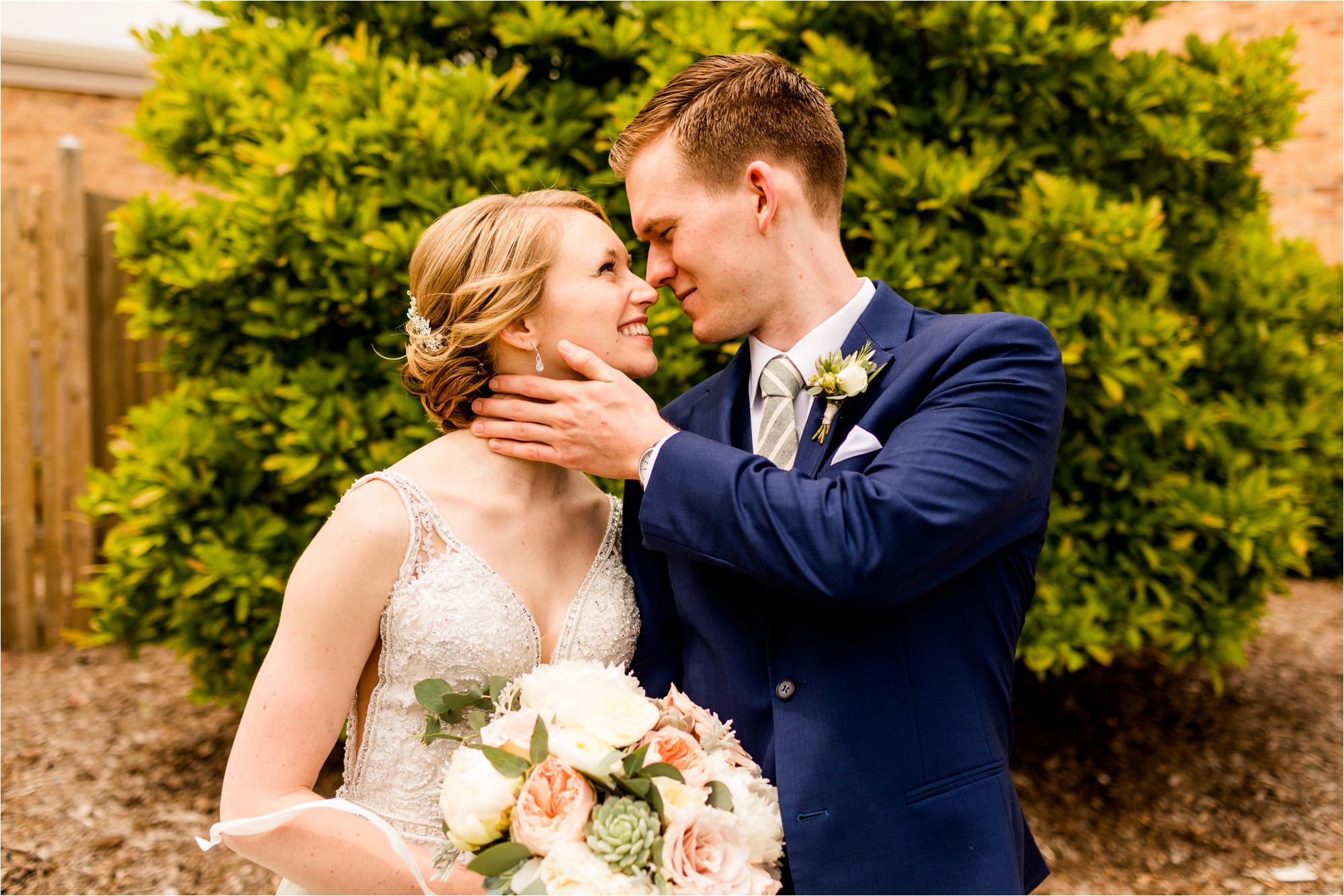
A strong fundamental pose builds on three key elements: creating flattering lines for both partners, ensuring physical comfort (especially important with wedding attire), and leaving room for natural interaction. We’ve found that starting with these proven foundations helps couples relax into more natural poses throughout the session.
Position your couple facing each other about arm’s length apart. Now here’s a game-changing detail – have them take a small step toward each other with their inside feet (the feet closest to each other), creating a slight angle. This simple adjustment does three things: it instantly looks more dynamic than straight-on standing, creates natural body angles that slim and flatter, and sets up better composition for your photos. (Pro tip: On a wedding day, make sure the dress has room to fall naturally with this stance – you might need to help the bride adjust her train.)
Now for the part that makes or breaks your photos – hand positioning. Nobody looks natural with their arms hanging like pendulums, and wedding day nerves tend to make people extra stiff. We’ve found these go-to hand positions work brilliantly: have them hold hands loosely between them (emphasize loose – tight grips show tension in photos), or guide one partner to rest their hands lightly on the other’s waist. For the partner whose waist is being held, have them rest their hands gently on their partner’s forearms or upper arms. This creates a connected look while keeping everyone’s shoulders relaxed.
Watch for these common adjustments you might need:
- If one partner is significantly taller, have them widen their stance slightly to reduce the height gap
- For brides with fuller skirts, create a bit more space between the couple so the dress can be seen
- If you notice tension in their shoulders, remind them to drop them down and back slightly
Now that you’ve got your couples comfortable with basic positioning, it’s time to add life to their poses. This is where movement becomes your best friend – it naturally builds upon these standing poses while helping couples forget about the camera. Plus, movement helps wedding attire look its best – adding natural flow to dresses and helping suits fall properly.
Using Movement to Break the Ice

Movement is your secret weapon for creating natural moments on a wedding day, but there’s a real strategy behind making it work. Time is precious, so let’s break down a foolproof sequence that consistently delivers while keeping your couples comfortable and their attire looking perfect.
Start with your technical setup – this is crucial for sharp, usable images when adding movement. We shoot at 1/320 or faster to freeze motion while maintaining natural light. Enable AI Servo (Canon) or AF-C (Nikon) for consistent focus tracking, and consider bumping your f-stop to f/2.8 or f/4 to give yourself more focus depth with moving subjects. Position your couple about 15 feet from where you want them to end up, being mindful of the light direction throughout their walking path.
Before any movement starts, do a quick dress check. Have your bride gather her train if needed, and make sure no layers are caught or twisted. For suits, ensure jacket buttons are done or undone based on preference. These small details make a huge difference in the final images.
Now for the direction that never fails: “You’re going to take three slow steps together – and I mean really slow. On step two, give each other’s hands a gentle squeeze, and on step three, just look at each other naturally.” This structured approach does several things:
- Slow steps help prevent dress mishaps and keep images sharp
- The hand squeeze creates natural moments of connection
- Looking at each other on the final step ensures you catch genuine expressions
- Counting steps gives them something to focus on besides the camera
Scout your walking path thoroughly. Check for:
- Uneven ground that could catch a heel
- Sticks or leaves that might snag a dress
- Changes in lighting along the path
- Background elements that might distract in your final shots
For dress management during movement, ask your couple to start walking from a slightly wider stance. This helps the dress flow more naturally and prevents stepping on it. If you’re working with a cathedral-length train, consider having it already spread out behind them before they start walking.
While physical movement creates beautiful moments, the right verbal direction amplifies everything. Your timing and tone can transform a simple walking pose into a gallery-worthy shot. Let’s explore how to master this verbal component of directing movement.
Verbal Cues That Create Natural Reactions
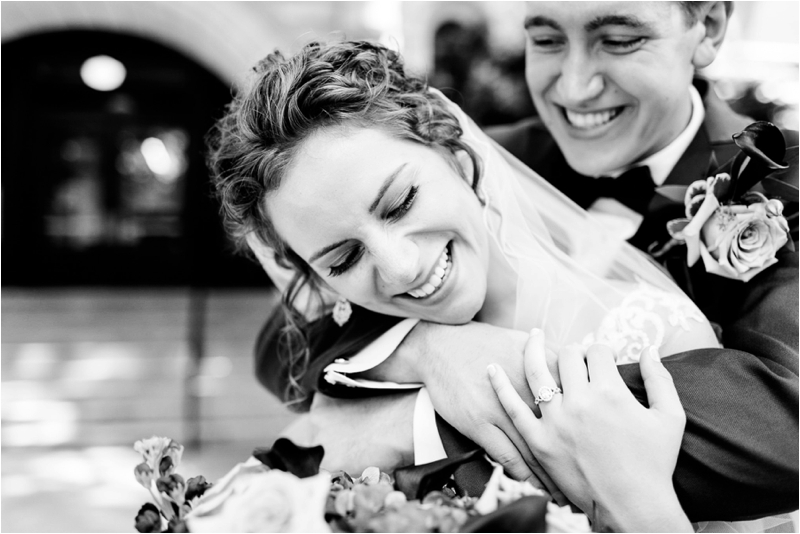
Your voice and timing are powerful tools for creating genuine moments on a wedding day. The right prompt, delivered with confidence, can transform stiff poses into frame-worthy shots. But here’s the key – you need different prompts for different moments and personalities. Let’s break down what could consistently work when time is tight.
For creating authentic laughter, here are some possible prompts:
- “Whisper your favorite dad joke in each other’s ears” (perfect for playful couples)
- “Tell each other in a whisper what you were really thinking during the ceremony” (works great right after they’ve said ‘I do’)
- “One of you tell the other about the moment you knew they were the one” (usually gets either laughs or sweet reactions)
- “[Partner 1], tell [Partner 2] your absolute worst dance move – the one we definitely won’t see at the reception”
When wanting to capture more intimate moments, here are some possible prompts:
- “Take a deep breath together and close your eyes. Think about the moment you saw each other for the first time today” (especially powerful after the ceremony)
- “Without looking at each other, both think about your favorite memory together. On three, look at each other and see if you thought of the same one”
- “Take a moment to squeeze each other’s hands and remember the vows you just shared” (this works beautifully for post-ceremony portraits)
- “Pretend it’s just you two – no camera, no guests waiting, just this moment”
For natural movement, here are some possible prompts:
- “Imagine your first dance song is playing right now. Just sway together for a moment” (perfect for when time is tight)
- “Give each other a slow, dramatic spin – like you’re in a romantic movie scene” (great for dress shots)
- “[Partner 1], wrap your partner in your arms from behind, then slowly turn them toward you” (creates multiple shots in one movement)
Pro tips for delivery:
- Match your tone to the moment – speak softly for intimate prompts, energetically for playful ones
- Give each prompt at least 15-20 seconds to develop naturally
- Watch for genuine reactions and shoot through the awkward first few seconds
- If a prompt isn’t working, switch gears quickly – no need to force it
- Use their names when giving direction – it helps keep their attention during busy moments
Timing is everything with these prompts. Right after the ceremony, couples are naturally emotional – use prompts that build on those feelings. During golden hour portraits, when you might have more time, you can use slower, more intimate prompts. If you’re squeezed for time, stick to prompts that create quick reactions.
Remember to read the room before choosing your prompts. That hilarious dad joke prompt might fall flat with a more reserved couple, while overly romantic prompts might make a playful couple feel uncomfortable. The real skill is matching your direction to each couple’s natural dynamic.
Working With Different Couple Dynamics
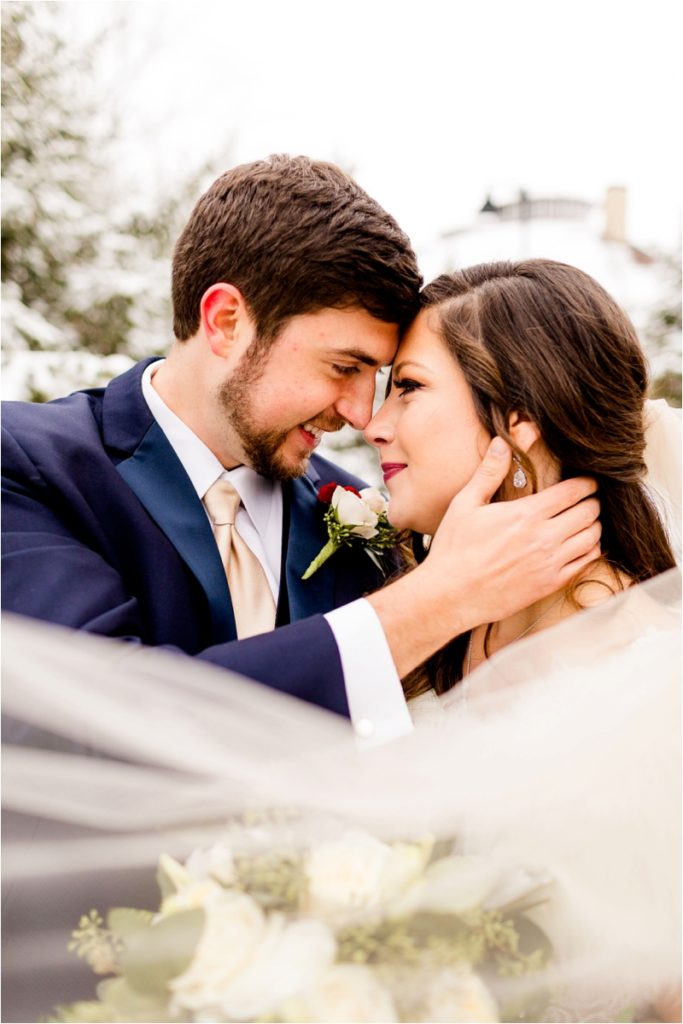
Every couple brings their own unique energy to portraits. Let’s break down how to adapt everything we’ve covered for different personality types:
For shy couples: Start with more physical distance and focus on parallel poses where they’re both looking at the camera. Use the movement techniques we discussed earlier to help them gradually warm up to more intimate poses.
For stiff couples: Remember those movement prompts? This is where they shine. Use more action-based directions that get them moving naturally. Simple tasks like “walk toward me” or “give each other a spin” help break through tension.
For overly affectionate couples: Have clear boundaries ready. While natural affection is beautiful, you need to be able to guide the session toward photos that are tasteful for public sharing.
Remember, comfort levels often change throughout the session. Stay flexible and ready to adjust your approach based on how couples respond to different techniques.
At the end of the day, creating natural wedding portraits is about combining all these elements – trust building, body language reading, pose fundamentals, movement, verbal cues, and dynamic adaptation. Focus on making your couples comfortable first, and you’ll capture who they truly are.
Keep practicing these techniques at every wedding. You’ll have some awkward moments and poses that don’t work – we still do! But with each wedding, you’ll get better at reading couples and knowing exactly what approach will work best for them. That’s when this job gets really fun.
What matters most is capturing how each couple naturally expresses their love. Sometimes that means throwing the traditional posing rulebook out the window – and that’s perfectly okay.